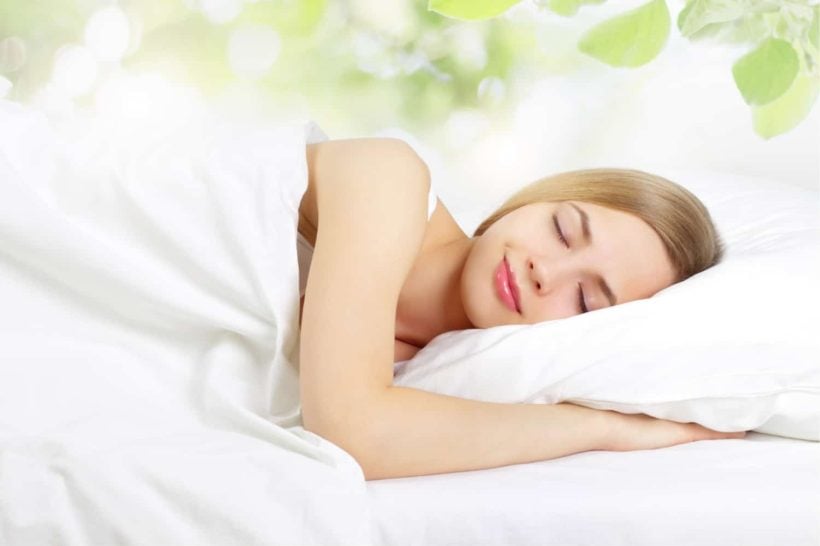Besides the known respiratory consequences, COVID-19 is associated with an unusual list of symptoms, including loss of smell, changes to the skin, and eye problems. As if those weren’t enough, the fear of the virus alone can also wreak havoc on sleep patterns.
Patients around the world are reporting a sharp increase in sleep problems, and physicians have coined the term coronasomnia to describe the phenomenon. Rather than the virus itself causing direct sleep loss, it is the extreme anxiety that many feel about the virus that is creating this new shuteye problem.
What is Coronasomnia?
Sleep loss was already a major public health problem even before the coronavirus pandemic. In fact, as many as 15% of people worldwide suffered from chronic insomnia, defined as a struggle to either fall asleep or stay asleep for at least three weeknights for a prolonged period of more than three months.
Enter the pandemic, and the unprecedented global impact it has created. As people are confined for extended timeframes, they tend to lose track of days and time in general. The added stress of job loss and worry over contracting the illness has increased sleep reactivity, the degree to which stress disrupts sleep. Research shows that stress is the trigger, but traits like genetics, female gender, and environmental stress also exert influence.
A team of researchers is studying the coronavirus-era sleep crisis. The group, led by Charles M. Morin, director of Quebec’s Sleep Research Center at Université Laval, is conducting a 15-country project to measure the effect of the pandemic on sleep.
Treating Coronasomnia
This begs the question: Are there any remedies for coronasomnia?
Many physicians turn to pharmacologic interventions to help patients sleep. However, there is a tradeoff between effectiveness and safety. Patients don’t want to become addicted to sleeping pills, either. Is there a more natural remedy?
Researchers are taking a new look at an ancient sleep treatment, Cannabis sativa, a plant long used to induce slumber. Much of the evidence to date is anecdotal, but a recent University of Mexico study showed a decline in sleep aid purchases after recreational marijuana was legalized. Observations like this show there may be something behind marijuana’s reported sleep benefits, but controlled scientific studies are still few and far between.
Modern scientists are looking at the effects of both delta-9-tetrahydrocannabinol (THC) and cannabidiol (CBD) on sleep. These represent the two most often studied cannabinoids overall, and sleep research is no different. Both cannabinoids have been studied separately for their abilities. High-THC strains often induce sleep and reduce the time it takes a person to fall asleep; however, many people don’t want the accompanying intoxicating effect. CBD is non-intoxicating, but does it offer sleep benefits? Research is complex because there are compounding factors.
For example, high-CBD strains are also high in myrcene, a sedating terpene compound. Is the effect from CBD, myrcene, or a combination of the two? Scientists have also studied combinations of THC and CBD, such as Sativex clinical trials that show patients’ marked improvement in sleep. This research shows that CBD and THC may harmonize and work together, a phenomenon known as the entourage effect.
The effects of dosing are yet another largely untapped area of research. Intake of the same dosage of both THC and CBD have drastically different effects, as demonstrated by a study published in the Journal of Clinical Psychopharmacology. Patients became sedated when taking 15 milligrams of THC, but taking 15 milligrams of CBD made patients more awake.
Another theory: Neither THC nor CBD may be directly inducing the sleep state. As a sedative, THC stills a patient, allowing the person to relax. CBD does the same by reducing anxiety and allowing the patient to relax. Perhaps in both situations, the person is simply calmer, so it is much easier for the natural sleep state to take hold. Furthermore, these cannabinoids may be reducing other symptoms, thus making it easier for the patient to sleep. For example, a Canadian Medical Association Journal study showed that regular use of THC reduced the pain of neuropathy, so patients slept better.




